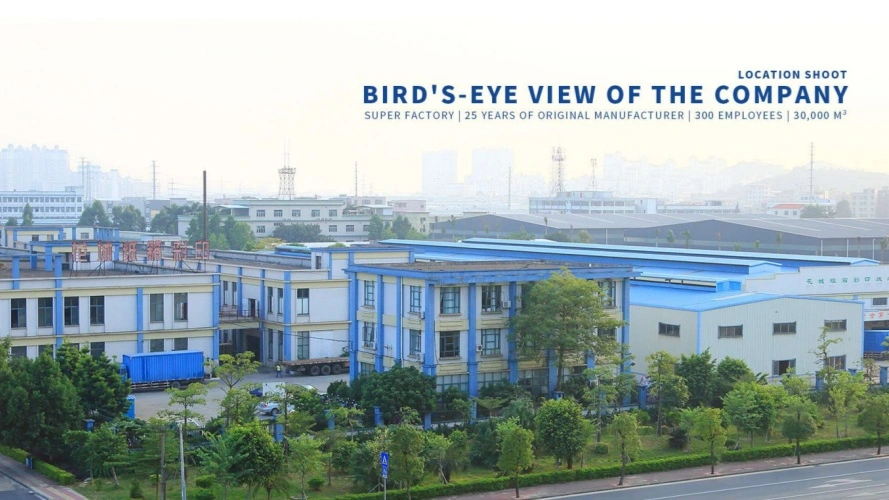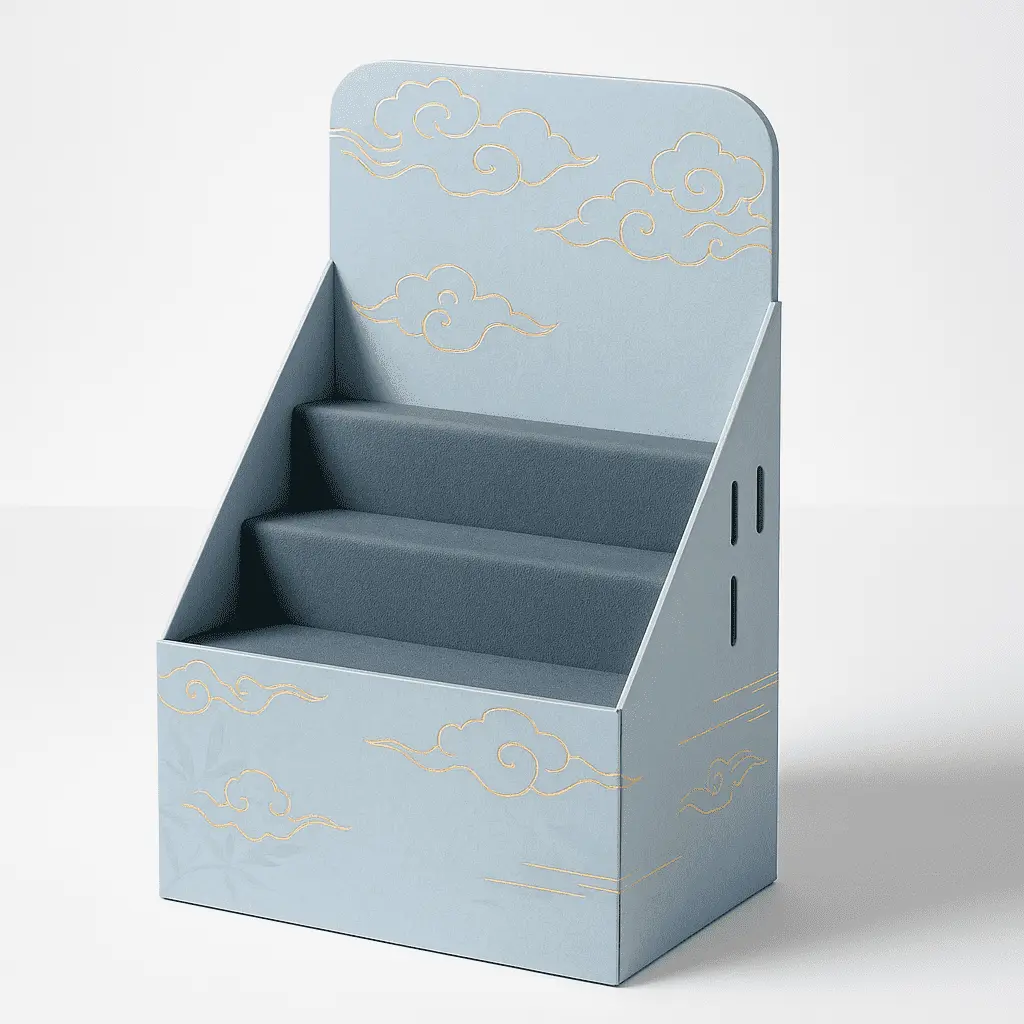Understanding PDQ Displays: Types, Benefits, and Applications
Various Types of PDQ Displays
PDQ displays come in a myriad of shapes, sizes, and materials to suit diverse product needs and retail environments. Counter-top PDQ displays are compact units designed for placement near cash registers or on shelves, ideal for smaller items like confectionery or personal care products. Floor-standing products offer more substantial real estate for larger products or multiple SKUs, often featuring eye-catching graphics and branding elements. Hanging PDQ displays utilize vertical space effectively, perfect for lightweight items or in areas with limited floor space. Corrugated PDQ displays, made from sturdy cardboard, offer an eco-friendly and cost-effective solution for temporary promotions or seasonal merchandise.
Advantages of Implementing PDQ Displays
The benefits of incorporating PDQ displays into supermarket merchandising strategies are manifold. These displays significantly enhance product visibility, drawing shopper attention to specific items amidst a sea of choices. By strategically placing products in high-traffic areas, retailers can capitalize on impulse purchases, boosting sales of featured products. The pre-filled nature of PDQ displays streamlines the restocking process, saving valuable time and labor costs for store staff. Moreover, these displays offer excellent flexibility, allowing for quick product rotations or promotional changes to keep the shopping experience fresh and engaging. PDQ displays also contribute to brand reinforcement, providing ample space for logos, slogans, and promotional messaging that resonate with consumers.
Effective Applications in Supermarket Settings
Supermarkets can leverage PDQ displays across various departments to maximize their impact. In the produce section, PDQ displays can showcase seasonal fruits or value-added products like pre-cut vegetables. The bakery department can utilize products for freshly baked goods or packaged treats. In the health and beauty aisle, these displays can highlight new skincare products or promotional bundles. PDQ displays are particularly effective for cross-merchandising, allowing retailers to pair complementary products and encourage additional purchases. For instance, a PDQ display featuring barbecue sauces could be placed near the meat counter, or a display of premium chocolates could be positioned in the wine section. By thoughtfully integrating products throughout the store, supermarkets can create an engaging shopping journey that encourages exploration and increases basket size.
Designing Effective PDQ Displays for Maximum Impact
Key Elements of Compelling PDQ Display Design
Creating an impactful PDQ display involves careful consideration of several crucial design elements. The structure should be sturdy yet visually appealing, balancing functionality with aesthetics. Vibrant colors and high-quality graphics are essential to capture shopper attention and convey brand identity. The display's shape and size should be tailored to the product and intended placement within the store. Incorporating clear messaging and product information helps educate consumers and drive purchase decisions. Thoughtful use of negative space can prevent the display from appearing cluttered and overwhelming. Interactive elements, such as QR codes or tactile features, can enhance engagement and provide additional product information. The design should also consider ease of assembly and disassembly, ensuring store staff can efficiently manage the display throughout its lifecycle.
Optimizing Product Presentation within PDQ Displays
Effective product presentation is crucial for maximizing the impact of PDQ displays. Products should be arranged in a visually appealing manner, with bestsellers or eye-catching items positioned at eye level. Utilizing tiered shelving or angled displays can improve product visibility and accessibility. Grouping complementary products together can encourage multiple purchases and increase average transaction value. Incorporating clear pricing information and any promotional offers directly on the display eliminates confusion and facilitates quick decision-making. For products with multiple variants, such as different flavors or sizes, organizing them logically within the display helps shoppers easily find their preferred option. Regular maintenance of the display, including restocking and straightening products, ensures a consistently attractive presentation that continues to draw customer attention.
Incorporating Brand Identity and Messaging
PDQ displays offer a prime opportunity to reinforce brand identity and communicate key messaging to shoppers. The display's color scheme, typography, and overall aesthetic should align with the brand's visual identity, creating a cohesive look that resonates with consumers. Prominent placement of logos and slogans helps build brand recognition and recall. Incorporating brand storytelling elements, such as product origin information or sustainability credentials, can create an emotional connection with shoppers. For promotional displays, clear communication of the offer or special pricing is crucial to drive conversions. Utilizing QR codes or NFC technology can provide a bridge to digital content, allowing curious shoppers to access additional product information, reviews, or promotional offers. By effectively integrating brand elements and messaging, PDQ displays become powerful tools for both product sales and brand building within the supermarket environment.
Strategies for Optimal PDQ Display Placement and Management
Identifying Prime Locations for PDQ Displays
Strategic placement of PDQ displays is paramount to their success in driving sales and enhancing the shopping experience. High-traffic areas, such as near store entrances or main aisles, offer maximum visibility and exposure to a broad range of shoppers. End-cap positions at the end of aisles are prime real estate for products, catching the eye of customers as they navigate the store. Checkout areas present an excellent opportunity for impulse purchases, making them ideal for smaller products featuring grab-and-go items. Cross-merchandising opportunities should be exploited by placing displays near complementary products or in unexpected locations to surprise and delight customers. Seasonal zones within the store can be perfect for PDQ displays showcasing holiday-specific or seasonal products. By carefully analyzing shopper traffic patterns and product synergies, supermarkets can identify the most effective locations to maximize the impact of their products.
Implementing Effective Rotation and Maintenance Strategies
To maintain the efficacy of PDQ displays over time, a robust rotation and maintenance strategy is essential. Regular audits of display performance, including sales data and customer engagement metrics, can inform decisions about product rotation or display relocation. Implementing a schedule for refreshing display content, whether through new products or updated promotional messaging, keeps the shopping experience dynamic and encourages repeat visits. Proper maintenance of PDQ displays, including cleaning, restocking, and repairing any damage, ensures they continue to present products in the best possible light. Training store staff on the importance of PDQ display upkeep and providing clear guidelines for maintenance tasks helps ensure consistent execution. Collaborating with suppliers or brand partners can facilitate timely updates to displays, ensuring they always reflect current promotions or product offerings. By treating PDQ displays as dynamic elements of the store environment, supermarkets can maximize their long-term value and effectiveness.
Measuring and Analyzing PDQ Display Performance
To optimize the use of PDQ displays in supermarkets, it's crucial to implement robust measurement and analysis processes. Sales lift analysis comparing product performance before and after product implementation can provide concrete evidence of their impact. Tracking metrics such as units sold per day, average transaction value, and conversion rates for displayed products offers insights into display effectiveness. Utilizing heat mapping technology or in-store cameras can reveal how shoppers interact with products, informing decisions about placement and design. Customer surveys or feedback mechanisms can gather qualitative data on shopper perceptions and preferences regarding products. Analyzing seasonal trends and promotional period performance helps in planning future display strategies. By leveraging both quantitative sales data and qualitative customer insights, supermarkets can continually refine their PDQ display strategies to maximize return on investment and enhance the overall shopping experience.
Conclusion
PDQ displays are invaluable tools for supermarkets seeking to enhance product visibility, drive sales, and create engaging shopping experiences. By understanding the various types of PDQ displays, optimizing their design and placement, and implementing effective management strategies, retailers can harness the full potential of these versatile merchandising solutions. As consumer behaviors continue to evolve, PDQ displays offer the flexibility and impact needed to stay competitive in the dynamic supermarket landscape. With thoughtful implementation and ongoing optimization, PDQ displays can significantly contribute to a supermarket's success, driving both immediate sales and long-term customer loyalty.
Contact Us
Ready to revolutionize your supermarket merchandising strategy with custom PDQ displays? At Guangzhou Huadu Fetching Color Printing and Packaging Co., Ltd., we specialize in creating innovative, high-quality packaging solutions tailored to your unique needs. Let our team of experts help you design and produce PDQ displays that will captivate your customers and boost your sales. Contact us today at support@fetchingprinting.com to discuss how we can elevate your in-store marketing with eye-catching, effective products.





